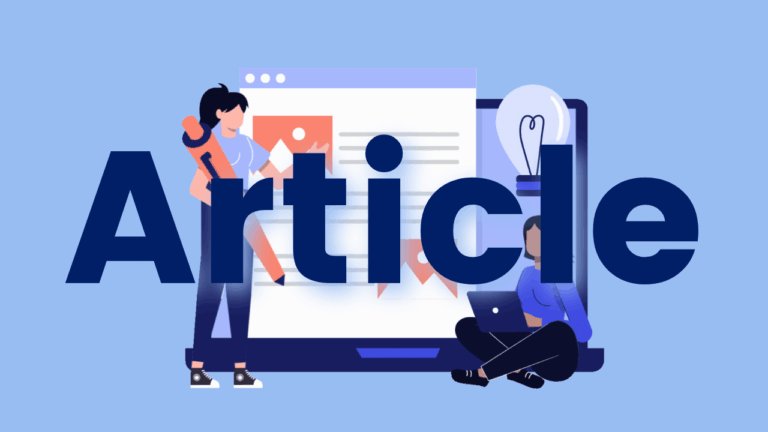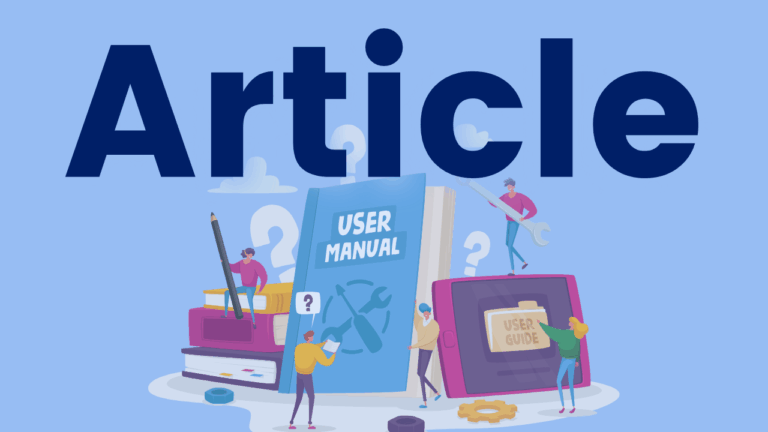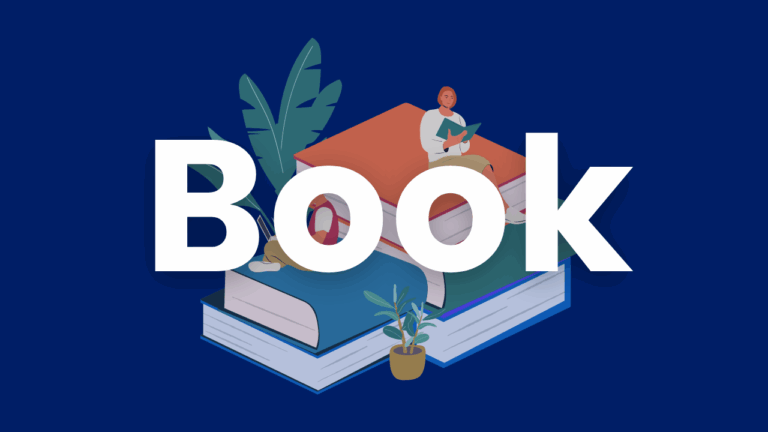Acadience Reading K-2 Data Sheets
This Google Sheets document is designed to support K-2 educators in analyzing their Acadience reading data. It features a dedicated sheet for each grade level at each time window, allowing educators to input raw scores. The document automatically compares raw scores to benchmark scores, colour codes data, and calculates composite scores efficiently. This allows for…





